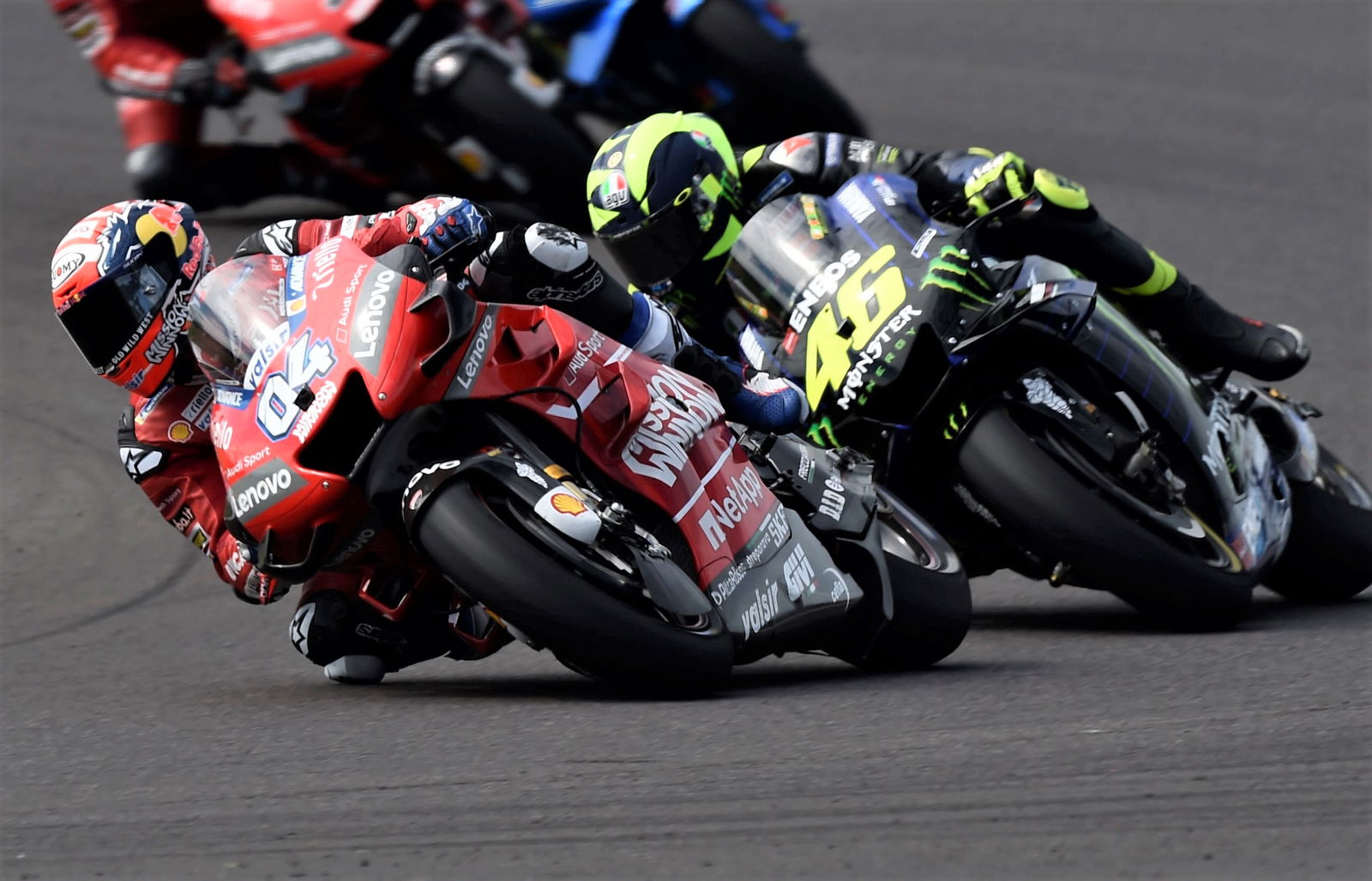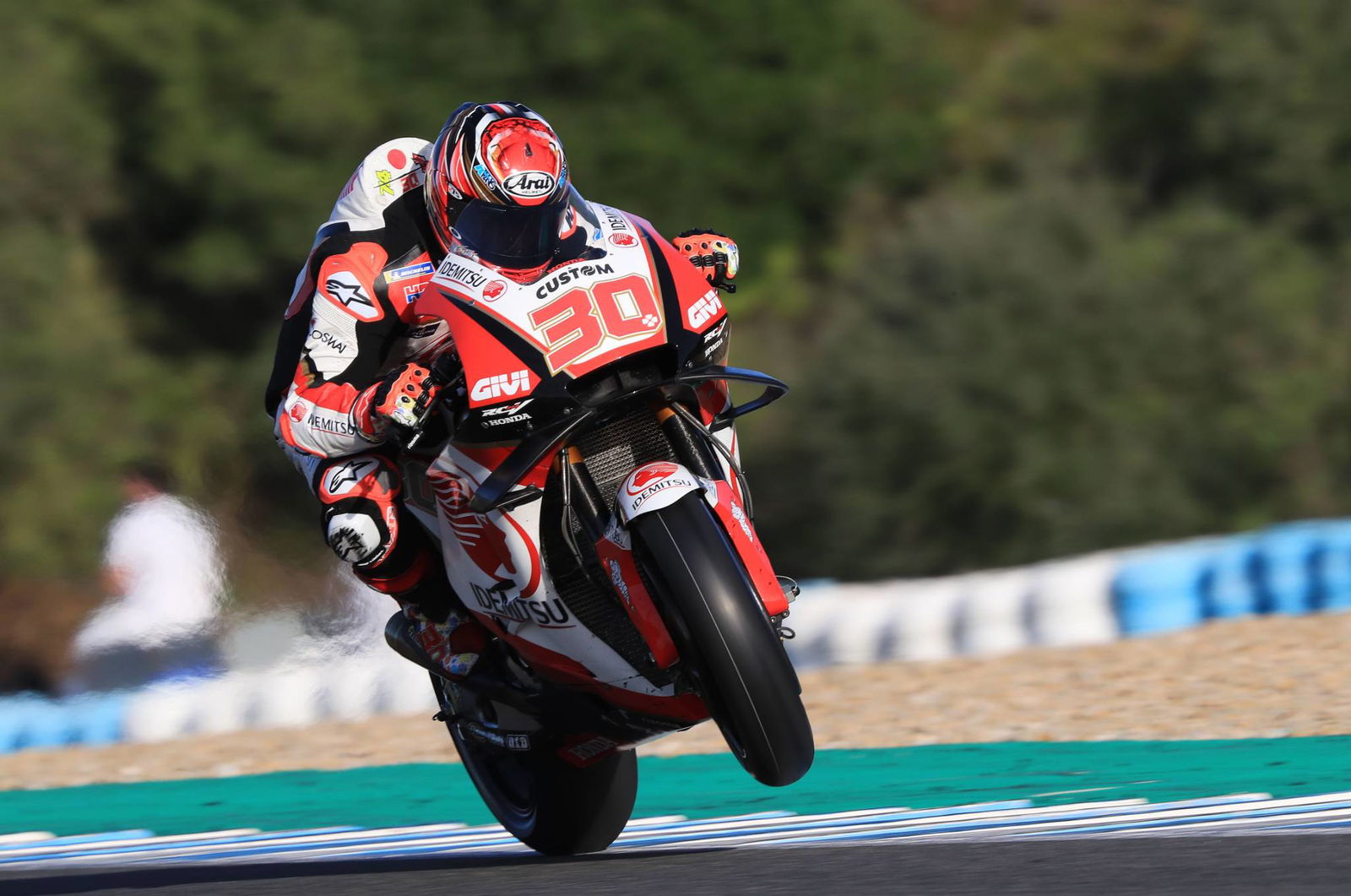Marquez ‘now at less risk’ after shoulder recovery
Crash.net speaks with the Clinica Mobile’s Dr Michele Zasa on Marc Marquez’s rapid recovery from serious shoulder surgery, and when the reigning MotoGP world champion will have recovered full fitness.

Had it not been for a careless mistake mid-way through the Grand Prix of the Americas, Marc Marquez would be coming off a near perfect start to the season as the MotoGP series travels to Jerez for the Spanish Grand Prix.
The fact the reigning world champion was showing competitively, never mind fighting for – and securing – victory in Qatar and Argentina respectively, was an incredible feat considering a troubling end to 2018.
Marquez and those well-documented issues with his left shoulder regularly dislocating were becoming more problematic by the week. “Aggressive” and “complicated” surgery, to borrow his words, was needed in early December to correct the joint.
But from there the 26-year old’s recovery was something to behold. In the eyes of the Clinica Mobile’s Doctor Michele Zasa such an operation would require a period of two to three months for a “normal” patient to “do their normal daily life.”
Two months on, Marquez was posting eye-catching times during the first preseason test of the year in Malaysia, thanks to five hours of physio per day with the Clinica’s physiotherapist Garcia, who moved to the world champion’s home town of Cervera.
To understand what the seven-time champion went through to regain his competitive condition, and whether further crashes could severely aggravate the injury, Crash.net spoke with Zasa on the normal recovery process for such injuries.
Crash.net:
At the end of 2018, was it clear to you that Marc’s shoulder was causing him many problems?
Michele Zasa:
The issues were clear to everybody. The shoulder was dislocating continuously. I remember when Scott Redding touched his shoulder and his shoulder came out. He was having more often a recurrence. It was clear it was difficult. Then when they opened in the surgery they saw directly the condition. I think he compensated a lot with muscle tones. He developed a lot the muscle around keeping it all together. Still the articulation of the structure was pretty much consumed and had deteriorated so he needed this surgery.
In this case he had two important elements for the recovery, which were: the good surgery, and the good rehabilitation, together with the strong will to come back as soon as possible. But let me say, sometimes I see a rider who wants to be back on the track soon. So they skip part of the rehabilitation. You tell them to stay without doing anything, or to rest for the appropriate time. And sometimes they don’t respect this recommendation. This is when you can have some problems.
Being a professional also means you need to understand your body needs a rest. This is what Marc did. He did an incredible job in these two months. But in these two months he dreamt of being back on the bike. But he knew it was not possible. He didn’t do it. Being a patient means you need to be patient sometimes.
Crash.net:
What’s the normal recovery time for an operation as serious as this?
Michele Zasa:
Usually this kind of intervention, you recover to 100% if the surgery is good and the rehabilitation is good, I would say in six months. But if you do an MRI to Marc’s shoulder now it probably won’t be 100%. He’ll still need six months to be 100% that we’re aiming for.
But the good work that was done by him is that he did intensive rehabilitation sessions for two months. When you have this kind of surgery you go to the physio once a day, once every two days while he did three or four sessions per day for the first two months. So he sped up everything. What was necessary to let him be back on the bike in a good condition was done in a shorter time.
From a biological point of view to be back to a normal condition, it will take six months. But common people would have probably needed two to three months just to be able to do their normal daily life, which is not going on the bike at 300kph.
Crash.net:
When the joint dislocates as often as Marc’s did, is there a worry the joint will be damaged permanently?
Michele Zasa:
When it dislocates so often it means there is a serious and relevant damage of the structure. If it was just two or three times you try to understand if it’s good to have surgery. This is up to the surgeon’s point of view. I don’t want to go deeply into this as it’s someone else’s expertise.
But when you have so many dislocations in such a short number of years, because Marc had many when he was training – I don’t know if they came out in the press, but I knew he had dislocations several time, and it was Alex, his brother, who was popping his shoulder back in place. When it comes out, it could get worse and worse. But it means the situation is very bad from a biological and anatomical point of view.
I would say it could have been even worse. But everything that could have been damaged was probably already damaged. The problem is he was having problems every day with the shoulder coming out. He could not afford to not ride a bike or do anything with training because the shoulder was coming out [due to] anything.
Crash.net:
Is the shoulder in a condition now where it can regularly cope with impacts?
Michele Zasa:
Of course the more time passes, the better it is for his shoulder. If we allow six months to pass for his shoulder to fully recover – when I say fully recover that’s not to say the shoulder will be like new. When you talk about traumatology you do the surgery, you put a plate in the broken bone, it heals but it won’t be like a brand new bone that has never had a fracture. At the end of the day it will never be like new. But let’s say in six months he can have a good recovery with a shoulder that is in a good state. This should help, of course. The fact you risk a lot, and Marc takes risks, and this helps him be more prone to crashes, when you crash you increase the potential for more shoulder dislocation. This applies to every rider. Now he’s less at risk. The more time that passes without dislocation, the lower probability of having a newer dislocation with a crash. The structure has more and more time to heal properly.
Then we have to say that nowadays there are other things that help, especially the airbag. The added value of the airbag is to protect the collarbone and the shoulder area. This can provide a second muscle ground around the shoulder to keep the structure of the shoulder together. When you crash it can help a lot, especially when we talk about the shoulder.
Crash.net:
Are you surprised by how quickly Marc recovered?
Michele Zasa:
Let’s say no. I’m always surprised to see how incredible these guys are but think about this: we’ve experienced in the last years, and the Clinica Mobile is always involved in these incredibly quick recoveries. We had a very strongly motivated rider. He is one of the strongest ones in this paddock in terms of the mind, of attitude. We had a very good surgeon – an expert in his field – who did the surgery. Everything was planned. Then he had three, four, five sessions per day. Consider Carlos Garcia, our physiotherapist, moved to Cervera and spent one and a half months there. You can ask him. When you have four or five sessions a day with a professional athlete in a good state of health, these are all elements which can help. Elements to say there is a good probability [he would recover quickly].
Now in medicine nothing is for sure. I will never tell anyone, ‘For sure you will get this, this and that.’ A doctor saying ‘for sure’ is not a good doctor. Medicine is not maths. In mathematics two plus two is four. But in medicine you never know. But he had all the right elements in place to have a good, quick recovery.

